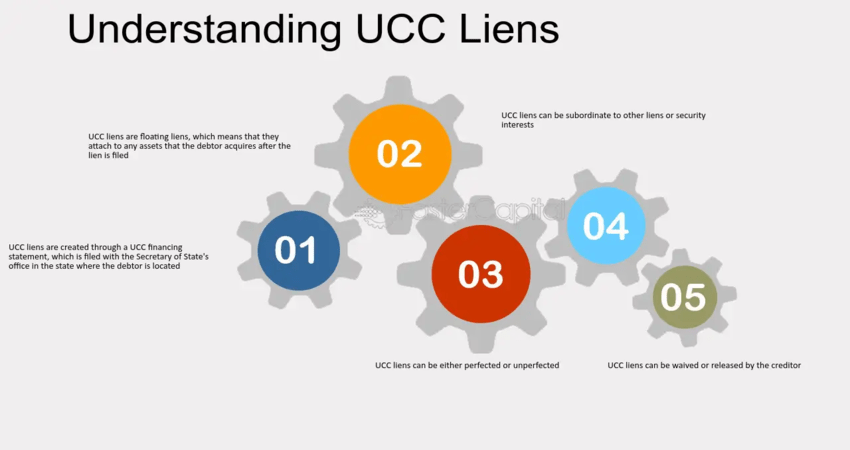If you’re thinking about taking out an interest-only loan, you’re not alone. In recent years, interest-only loans have become increasingly popular, especially among homebuyers.
There are a number of reasons why people choose interest-only loans. For some, it’s a way to keep their monthly mortgage payments low. Others see it as a way to free up cash for other purposes, such as investing or saving for retirement.
Whatever your reasons for considering an interest-only loan, it’s important to understand how they work before making a decision. These guidelines will help you determine if an interest-only loan is right for you.
What is an Interest-Only Loan?
An interest-only loan is a type of loan that allows you to make payments only on the interest for a set period of time. The borrower does not pay any principal during this time. After the interest-only period ends, you will then be required to make payments on both the principal (the amount you borrowed) and the interest.
Interest-only loans are typically available for terms of 5 years or less. However, some lenders may offer longer terms.
How Does an Interest-Only Loan Work?
With an interest-only loan, you will only be required to make payments on the interest for a set period of time. The length of the interest-only period will vary depending on the lender, but it is typically 5 years or less. With the right utilization and ideal conditions, you will love an interest-only loan and make the most of it. It can give some breathing room while you try to increase or stabilize your income to cover the eventual payments after that period.
After the interest-only period ends, you will then be required to make payments on both the principal (the amount you borrowed) and the interest. The remaining term of the loan will be adjusted accordingly.
For example, let’s say you take out a $100,000 loan with a 5-year interest-only period. After 5 years, you will then be required to make payments on both the principal and the interest for the remaining 25 years of the loan.
What Are the Benefits of an Interest-Only Loan?
There are a number of benefits that come with taking out an interest-only loan. Here are a few of those benefits.
- Lower Monthly Payments: One of the biggest benefits of an interest-only loan is that your monthly payments will be lower than if you were to make payments on the principal and interest. This can free up some much-needed cash flow, which can be used for other purposes.
- More Flexibility: Interest-only loans also offer more flexibility than traditional loans. For example, you may have the option to make additional payments on the principal without penalty. This can help you pay off your loan faster.
- Tax Deductions: The interest you pay on your loan is tax-deductible. This can save you money come tax time.
What Are the Disadvantages of an Interest-Only Loan?
While there are some advantages to taking out an interest-only loan, there are also some disadvantages that you should be aware of.
- Higher Interest Rates: One of the biggest disadvantages of an interest-only loan is that they typically come with higher interest rates than traditional loans. This means that you will end up paying more interest over the life of the loan.
- Negative Amortization: Another downside of an interest-only loan is that it can lead to negative amortization. This occurs when your monthly payments are not enough to cover the interest, which causes the principal balance to increase.
- Higher Risk: Interest-only loans are also considered to be a higher risk for both borrowers and lenders. As such, they typically require a higher down payment and may have stricter eligibility requirements.
Should You Get an Interest-Only Loan?
Now that you know how interest-only loans work and the pros and cons of taking one out, it’s time to decide if an interest-only loan is right for you.
If you’re considering an interest-only loan, make sure to ask yourself the following questions:
- Can You Afford the Higher Interest Rates? One of the biggest disadvantages of an interest-only loan is the higher interest rates. As such, you need to make sure that you can afford the higher payments.
- Do You Need Flexibility? Another thing to consider is whether or not you need the flexibility that an interest-only loan offers. If you don’t think you’ll need to make any additional payments, then a traditional loan may be a better option.
- Are You Comfortable With the Risks? As we mentioned, interest-only loans are considered to be a higher risk for both borrowers and lenders. If you’re not comfortable with the risks, then an interest-only loan may not be right for you.
Only you can decide if an interest-only loan is right for you. Be sure to consider all of the factors before making a decision.
Whether or not an interest-only loan is a good idea depends on your personal situation. If you’re confident that your income will increase as planned and you’ll be able to make the higher payments when the interest-only period ends, then an interest-only loan can be a good option. However, if you’re not sure about your future income or you don’t want to take on the risk of having to make higher payments, then a traditional mortgage may be a better choice. Talk to a financial advisor to discuss what option is best for you.
Read Also: Planning To Take Out A Loan? Here’s Some Important Advice
















